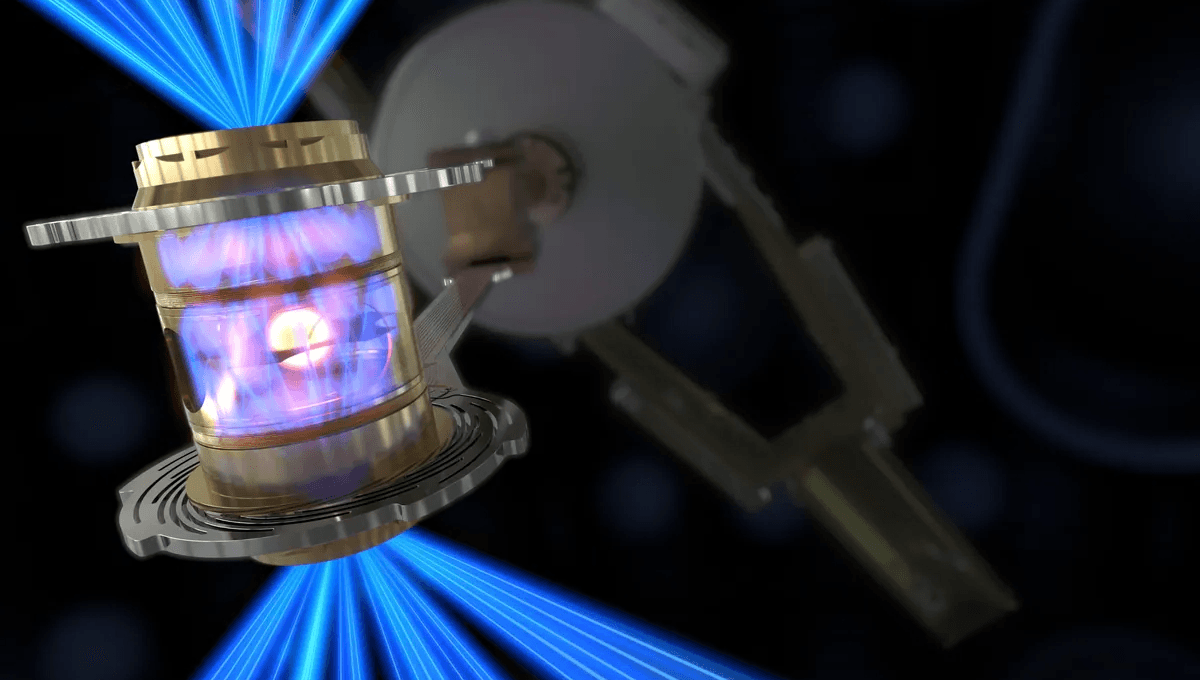Exciting news has emerged from the Lawrence Livermore National Laboratory, where the National Ignition Facility (NIF) is located. According to insiders and confirmed by the laboratory, a second experiment at the NIF has generated even more energy than the groundbreaking test conducted last year.
The NIF, renowned for its specific method of creating fusion energy called inertial confinement fusion, uses lasers and hydrogen pellets to achieve this remarkable feat. By heating the hydrogen to an astonishing 3 million degrees Celsius, the lasers compress the atoms, causing them to fuse together and release a significant amount of energy.
In the previous experiment, the energy released exceeded the energy required for the lasers, marking a major milestone. With an output of approximately 3.15 megajoules, it surpassed the 2.05 megajoules needed to power the lasers. The latest experiment on July 30 achieved an even higher output of 3.5 megajoules, as reported by the Financial Times.
This achievement brings us one step closer to the development of a commercial power plant capable of providing unlimited, carbon-free energy with minimal radioactive waste. Unlike traditional nuclear fission plants, the risk of a meltdown is eliminated.
However, there is still a long road ahead. The NIF can currently only deliver one laser hit per day, and the fraction of energy released is still relatively low. To meet future requirements, a future plant must be capable of hitting the capsule multiple times per second and producing an output many times higher than what is currently achievable. Plans to achieve these goals are already underway.
[h/t: Financial Times]








